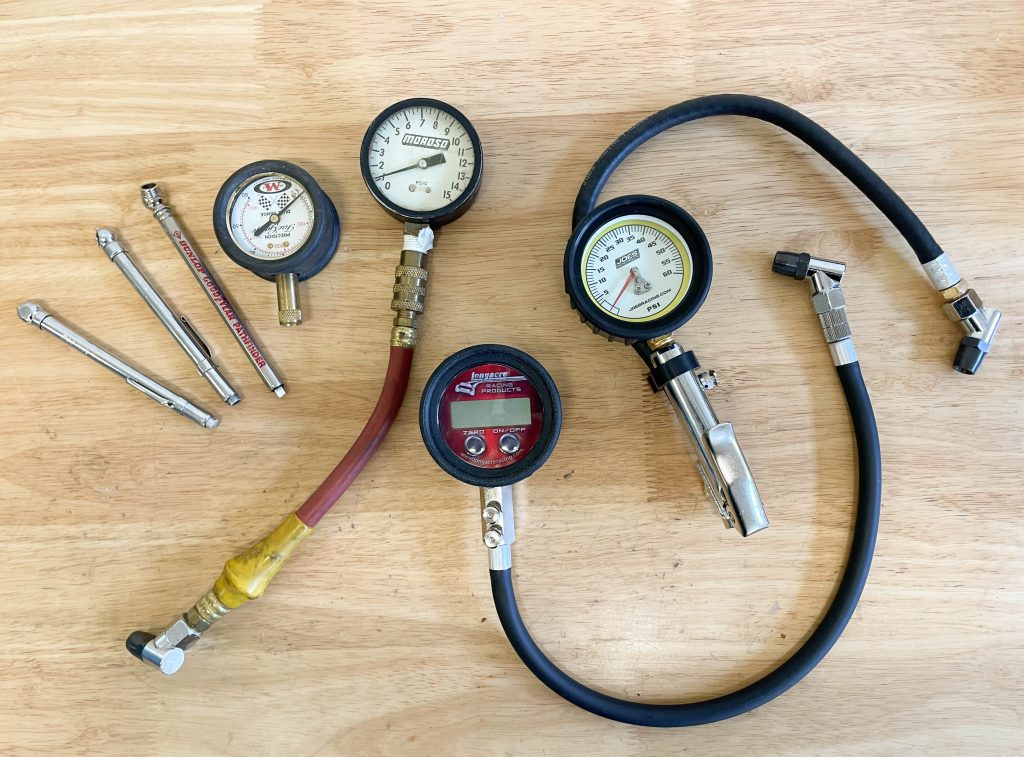
If you log onto the Summit Racing website and search for tire pressure gauges, you’ll find around 100 to choose from. That’s a lot. Some are designed for high pressures. Others, like gauges for drag tires, are typically designed for low pressure. Some are backlit for easy reading in low light. You can even get gauges with an air hose provision (aka tire inflators).
As you can see, there are lot of options. We can divide tire pressure gauges into three basic types:
Pencil or Stick Gauges
These gauges look like a pocket pen. In operation, you simply remove the valve stem cap and insert the open end of the gauge into the valve stem. A rod or shaft with pressure markings slides outward and shows you what your pressure is. Pencil gauges are inexpensive, easy to use and take up little space. That means you can always take one with you. they’re not quite as accurate or as easy to read as the other gauges. Some of this can be attributed to the small markings on the rod, particularly if the gauge reads higher pressures.
Analog Dial Gauges
Analog dial gauges have a housing with a round dial face marked in pressure increments. They’re as easy to use as a pencil gauge but are easier to read and generally more accurate. Some are available with a glow in the dark dial so you read it in the, well, dark.
You can get an analog gauge with a pressure release valve. This allows you to air down the tire with the gauge still attached. You can also get a gauge with or without a flexible extension hose. The hose allows you hook the gauge on a hard to reach valve stem and still be able to read it. The catch here you’ll probably need both hands to operate it.
Digital Gauges
Digital gauges work much the same as analog dial gauges but are more accurate and even easier to read. Some have backlit screens so you can use them the dark. Better quality race style gauges have a pressure release button, allowing you to air down the tire. On the flipside, they’ll eventually require battery replacement plus good quality race gauges in a digital format can prove much more costly than other gauges.
The folks from Longacre Racing Products have a great set of tips for choosing a quality tire pressure gauge. Some of these are about just their gauges, but most apply to any brand gauge.
• All tire gauges work best in the middle of their range. Get a gauge that works within the pressure range of the tires that you will be using. For example, if you run 30 PSI in your tires then you should get a 60 PSI gauge. If you run 15 PSI, get a 30 PSI gauge
• The finer the PSI increments on the gauge, the more accurate reading you will get
• Digital gauges are great. However, the cheaper the sensor the less accurate the gauge is. With these gauges you get what you pay for
• The larger the gauge dial face size is, the more accurate it is in most cases
• Look for a pressure hold feature. The gauge will retain the air pressure reading after you pull it off the tire
• A swivel chuck is nice to have. If your gauge’s extension hose gets twisted up, just turn the chuck to fix it. Longacre installs a swivel style angle tire chuck on all of its pressure gauges. They also include a ball chuck if you prefer that style
As you can see there’s a lot more to tire pressure gauges than first meets the eye. If you have a high performance or race car or truck, use a high performance tire pressure gauge to maintain or adjust tire pressure accurately. Check out these OnAllCylinders articles on setting tire pressure for drag racing:
Pro Tips for Setting Tire Pressure
Tire Pressure Basics for Sportsman DOT Drag Radial Tire Racing
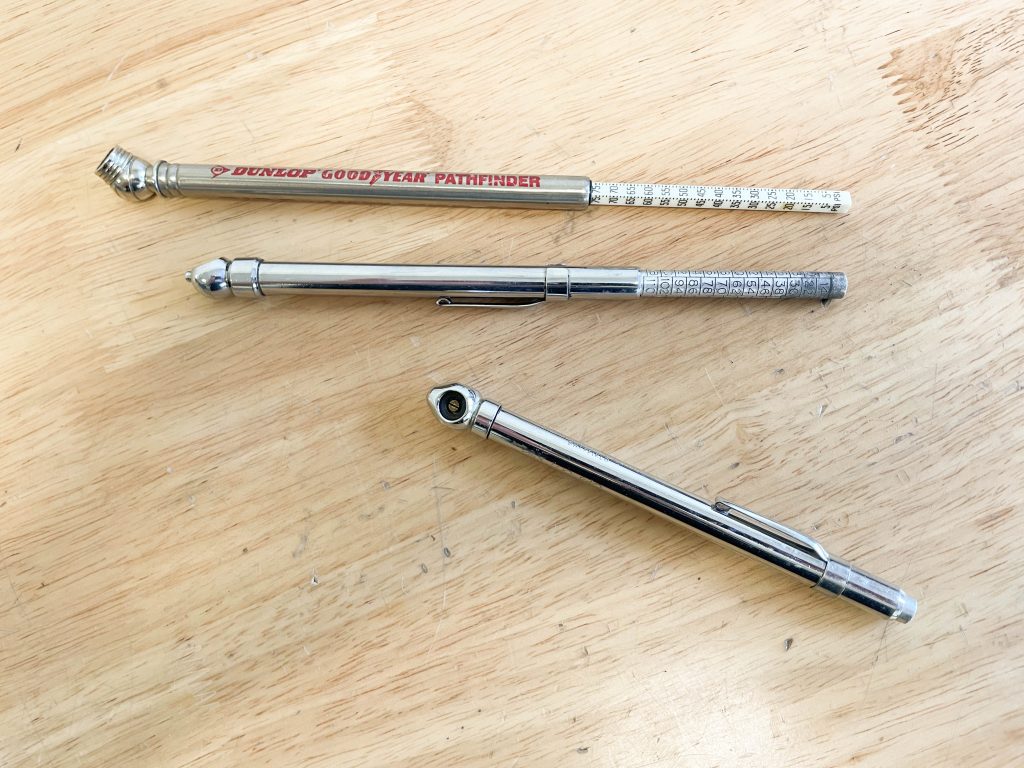
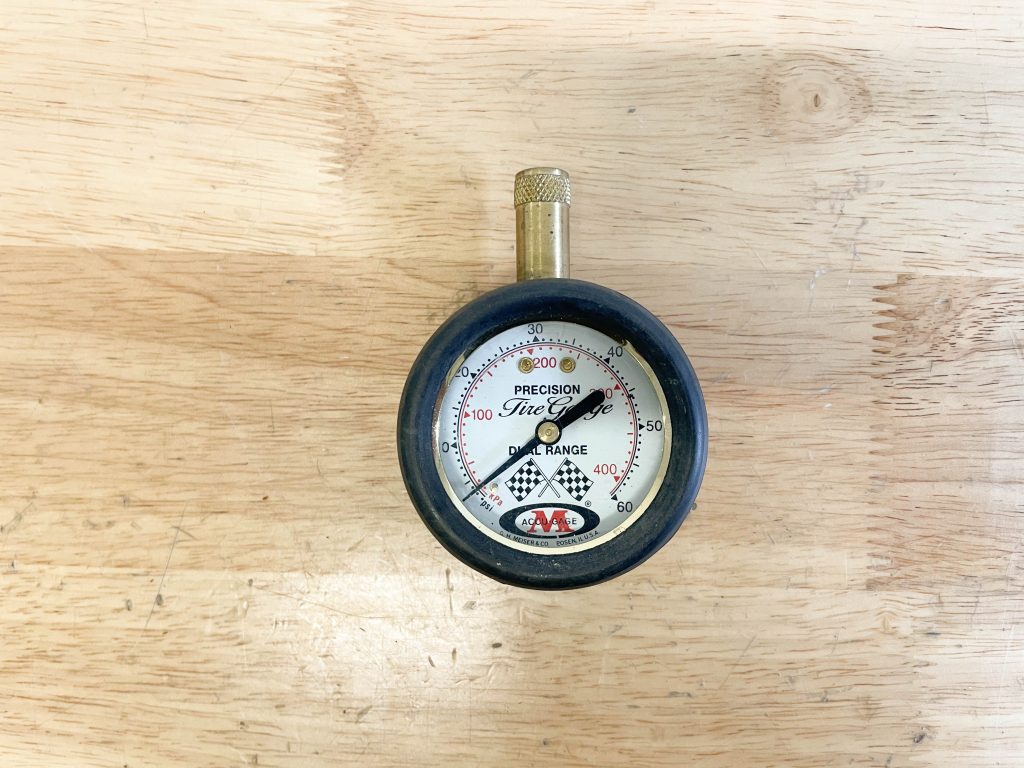
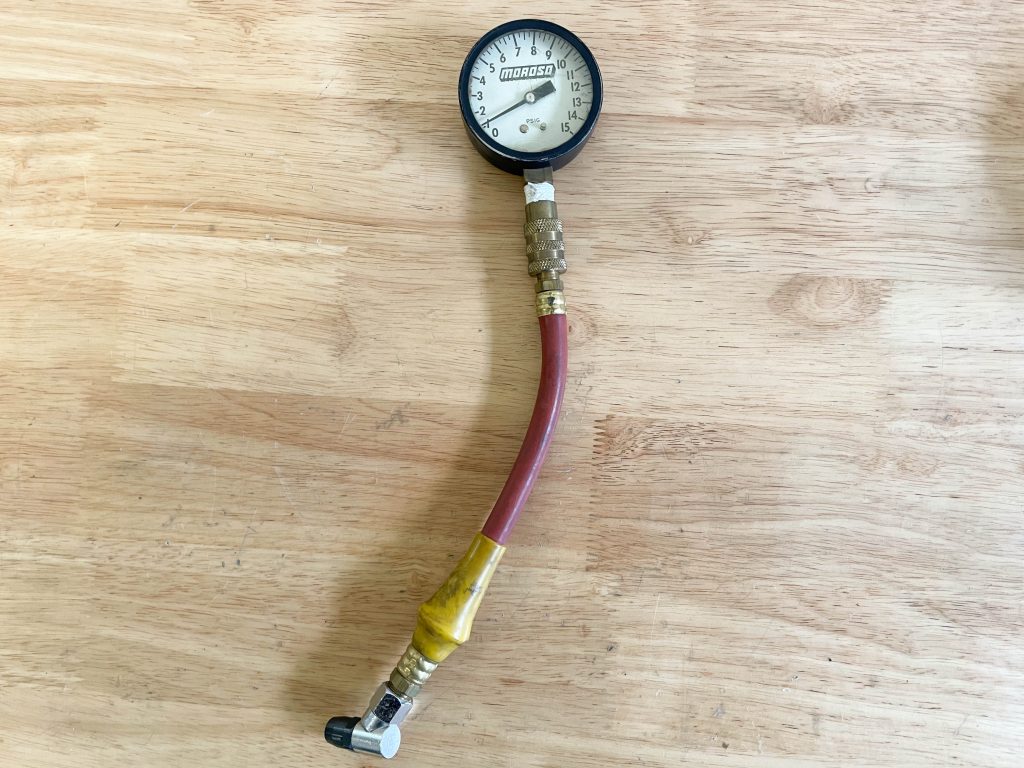
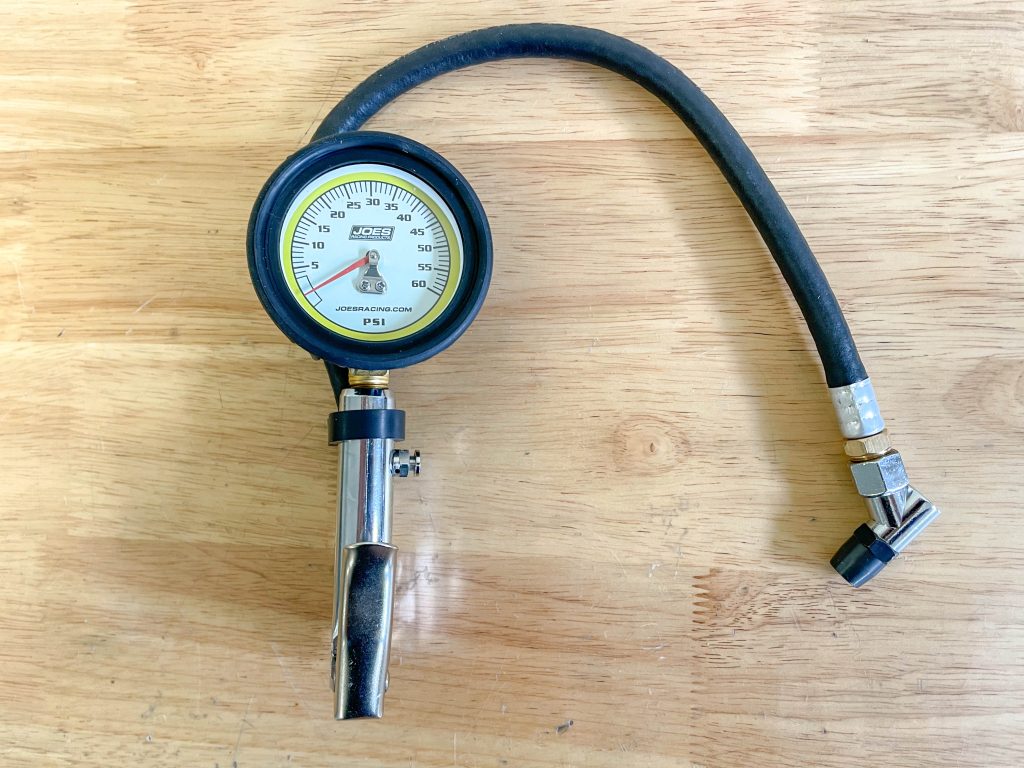
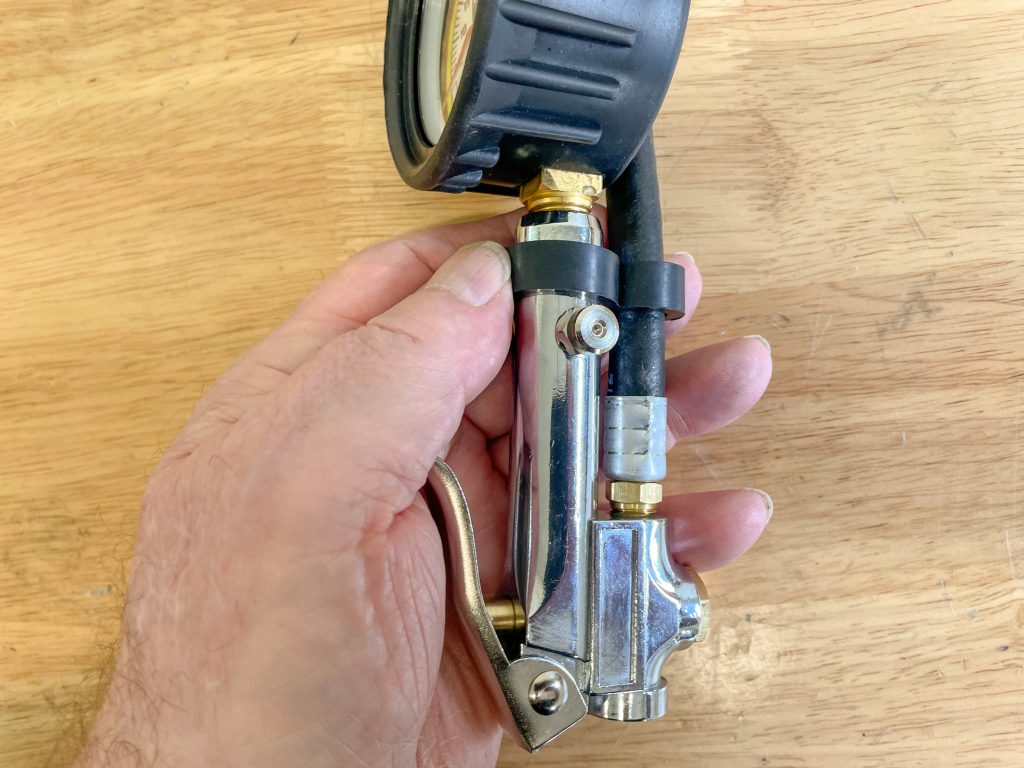
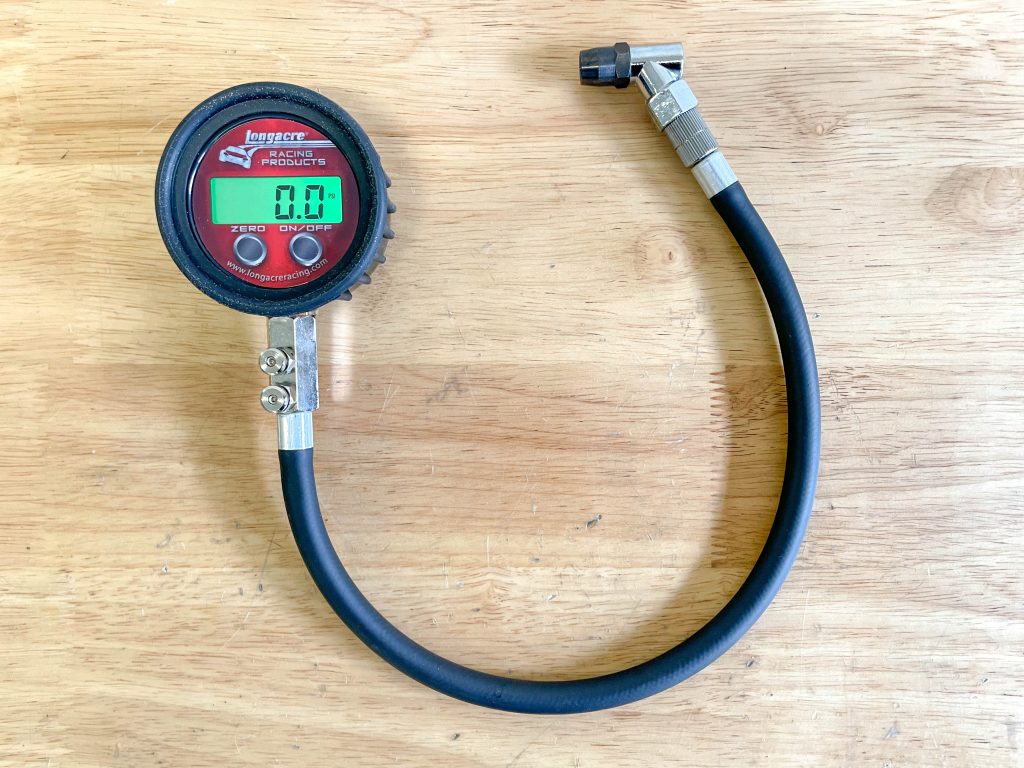
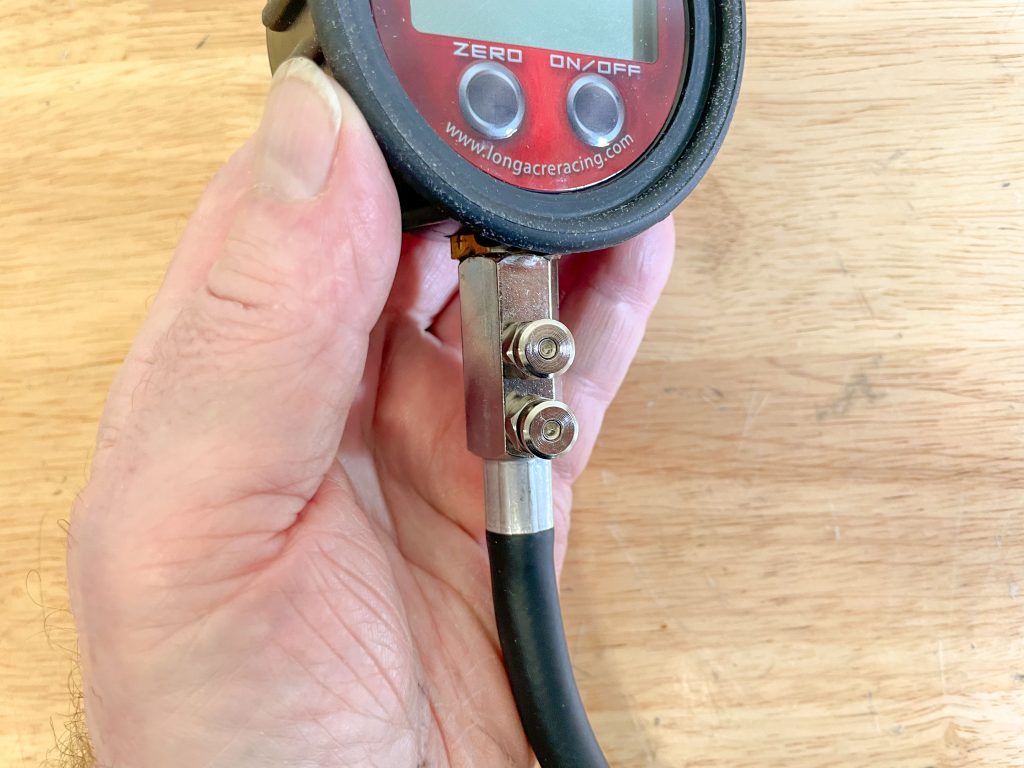
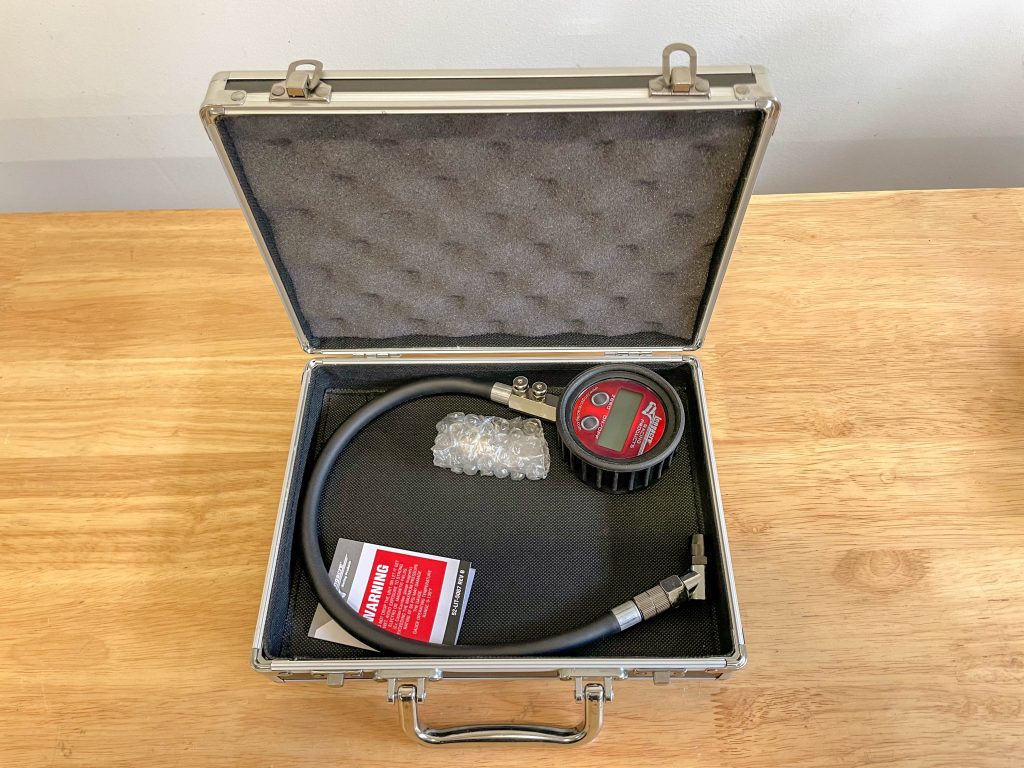

Comments